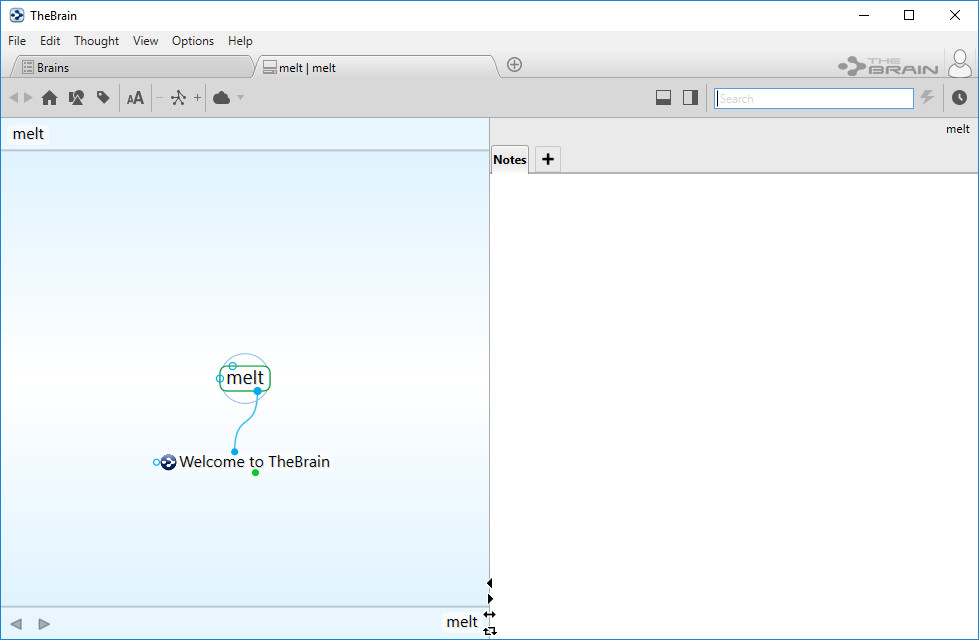
Hence, there is no reason to believe that, when applied to the general population, the criteria developed in these studies would effectively distinguish the tiny minority of individuals with a genuine mental illness from the much larger number of individuals who were suffering ordinary low mood, sadness, or grief.Īs Kenneth Kendler, one of the world’s preeminent depression researchers admits, “most of the diagnostic categories and the diagnostic criteria they contain have been accepted for historical rather than strictly empirical reasons” (Lux and Kendler 2010).ģ. None of the studies that defined MD as we understand it today included any healthy participants, nor any identified as experiencing only ordinary sorrow, sadness, or grief.

(1975), which tested the reliability of the Research Diagnostic Criteria (RDC) with 218 psychiatric inpatients. (1972), which was a study of 314 psychiatric emergency room patients and 87 psychiatric inpatients. (1957), which was a quantitative study of one hundred manic-depressive patients compared to fifty medically sick controls Feighner et al. Specifically, the DSM-III criteria can be traced to Stone and Burris (1950), which was a clinical study of 50 selected cases Cassidy et al. The goal of these studies was to develop criteria that would enable different psychiatrists to reliably provide the same mentally ill patient with the same diagnosis, such as bipolar disorder or schizophrenia, not to distinguish the mentally ill from the healthy. Instead, they come from studies that were conducted among groups of individuals who had already been determined to suffer from a variety of severe psychiatric disturbances (or physical illnesses). Where did these criteria come from? You might think they came from studies designed to distinguish mental illness from normal sadness and grief. To be diagnosed with MD under the DSM criteria, a person must be experiencing 5 or more symptoms most of the day for at least two weeks, and at least one symptom must be sad or depressed mood (dysphoric mood) or loss of interest or pleasure. Prima facie, none indicate brain dysfunction. Table and caption from Kendler et al. 2010.Īt some point in their lives, everyone will experience at least one of these symptoms, and most of us will probably experience most of them. Diagnostic criteria for Major Depression were not developed to distinguish the ill from the healthy but instead to distinguish MD from other psychiatric disturbancesįigure 2.1: Historical origins of the symptomatic criteria for Major Depression: Criteria proposed 1950-1980. The causal effect of adversity on depression is most convincingly demonstrated by the finding that independent adverse events - those, like the death of a loved one, that could not be caused by the depressed individual - are powerful predictors of MD.Ģ. (2004) instructed interviewers to rate the severity of the events as “what most people would be expected to feel about an event in a particular set of circumstances and biography….” In fact, the study design of Kendler et al. Most of us hit by such adverse events would also experience low mood, sadness, loss of interest, insomnia, and other symptoms of MD. death or illness of a close social partner.

serious personal crisis of a close social partner.serious trouble getting along with a close social partner.serious marital problems (involving a marital or marriage-like intimate, cohabiting relationship).loss of confidant (separation from other loved one or close friend other than a spouse or partner).legal problems (trouble with police or other legal trouble).job loss (laid off from a job or fired).divorce/separation (divorce, marital separation, broken engagement, or breakup of other romantic relationship),.The stressful life events in Kendler et al.


 0 kommentar(er)
0 kommentar(er)
